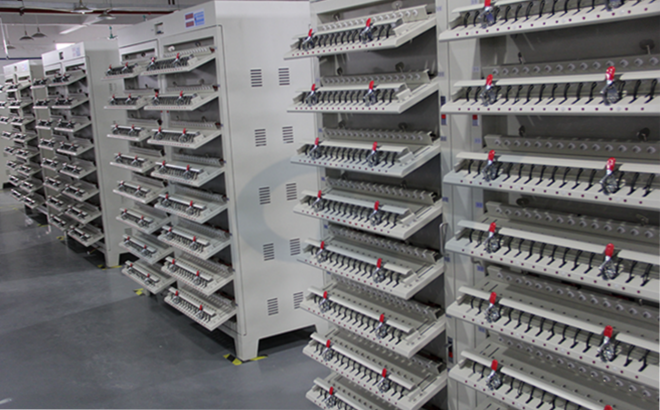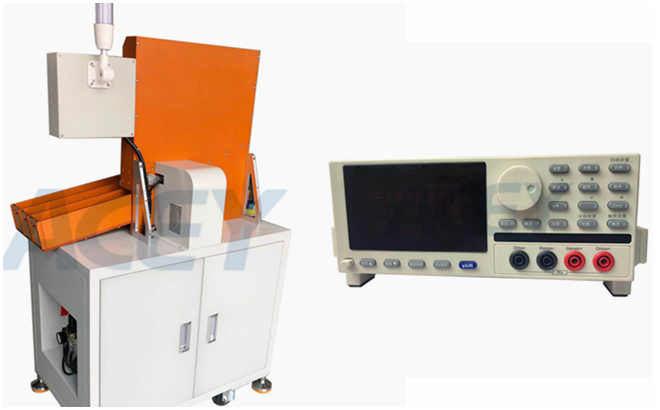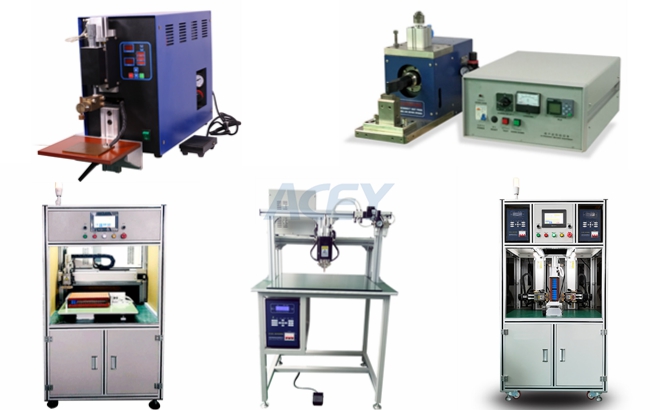The important process standards of lithium-ion battery PACK
Jul 09, 2021Lithium-ion battery PACK is divided into four parts: processing, assembly, testing, and packaging. The battery PACK must be screened before. Different customers have completely different requirements for the cells before the lithium-ion battery PACK. Many manufacturers have a lot of battery PACK factories. Strict requirements, let’s take a look at the important process standards of lithium-ion battery PACK today.
In the lithium-ion battery pack industry, people call batteries that are not assembled and can be directly used individually as batteries, and the finished battery pack connected to the PCM board with charging and discharging functions is called lithium-ion battery PACK.
The PACK process of lithium-ion batteries refers to the assembly of battery cells, protective plates, battery wires, battery nickel sheets, battery accessories, battery boxes, battery membranes, etc. into finished batteries by welding. The battery pack PACK requires the battery to have a high degree of consistency (capacity, internal resistance, voltage, discharge curve, life).
The vast majority of the existing lithium-ion battery PACK technology is to link the cells together by welding, which also complicates the maintenance of battery problems. In addition, the batteries may face many thorny problems when they are batched. Reliability of batch products, excellent battery PACK technology, and finished product testing are essential.
1. Full inspection standard of battery cell appearance
The appearance standard of cylindrical batteries: no short circuit, oxidation, rust, leakage of veneer pad or skewed surface pad, film breakage, film wrinkle, etc.
The appearance standard of the square battery cell: no electrolyte, burr or other contaminants on the surface, no leakage, bulging, deformation, short circuit, etc., no skew or warping of the surface pad, no oxidation, dirt, desoldering, etc. on the composite nickel belt.
The appearance standard of polymer batteries: no electrolyte or other pollution on the surface, no leakage, swelling, deformation, etc., no fracture of the tab, no damage to the corners, no delamination, etc.

2. Standard for battery cell veneer pad
The surface pad is required to be firmly pasted, not skewed, warped, not beyond the edge of the end face of the battery, and not cover the negative rivet---aluminum shell battery positive cap (for multiple parallel strings, use formed barley paper or red steel paper to paste)-- -For steel shell cylindrical batteries; covered with textured paper or high-temperature adhesive paper---polymer batteries.
3. Cell voltage and internal resistance test
Test equipment: multimeter, multi-function test stand, battery internal resistance tester, general battery test stand, scanner.
Test connection method: The positive and negative terminals of the battery are contacted with the positive and negative thimble of the test frame respectively.

4. Battery cell combination standard
Cylindrical battery: Adhesive bonding process, using glue to glue 2 or more batteries together in parallel.
Polymer battery: usually use transparent glue wrapped around a week and a half to paste the combination.
5. Soldering standards
Soldering time≤3S; soldering temperature: 320~360℃; soldering leads and plugs on the protection board: according to the welding direction required by the process, solder the leads and plugs that meet the requirements on the corresponding pads of the protection board.
Requirements and self-inspection: The tin point completely covers the lead tin head; no false soldering, desoldering, tinning, tin dross, tin tip, component shedding, lead scalding, scalding, plug terminal shedding, etc.
6. Spot welding standard
The protection board is welded to the nickel tape: the premise is that the pad of the protection board must be pasted with a nickel-plated steel sheet before it can be spot-welded with the nickel tape.
Requirements and self-inspection: The solder joints are firm, and there is no fire, desoldering, nickel strip fracture, spot deviation or points to the components around the pad. The direction of the nickel strip must meet the process requirements or be consistent with the sample.

7. PVC film heat shrink standard
It is required to be heat-shrinkable and flat, without wrinkles, film breaks, bevels, and no battery cores, protective boards or plugs, lead wires, etc.
8. Standards for battery pack plastic shell and plastic frame
Generally, all plastic shells and plastic frames will have positioning grooves, positioning posts or card positions for the protection plate. When the battery is inserted into the shell or frame, according to the process requirements, first paste double-sided tape or punch on the contact surface of the battery and the shell or frame. Silicone, etc., and then clamp the protective plate on the battery to the positioning groove, positioning column or the card position, and finally put the battery body into the plastic shell or the plastic frame. If there is an upper shell, you need to close the upper shell.
ACEY provides design and suggestion solution for battery pack assembled line.